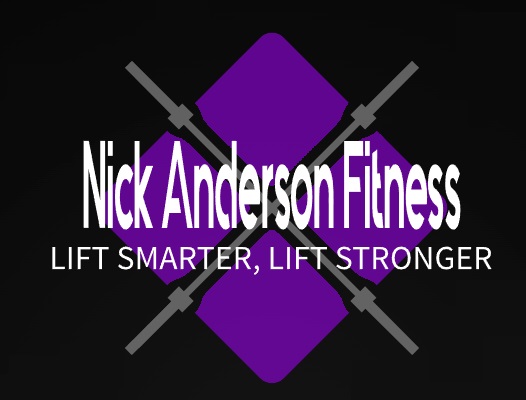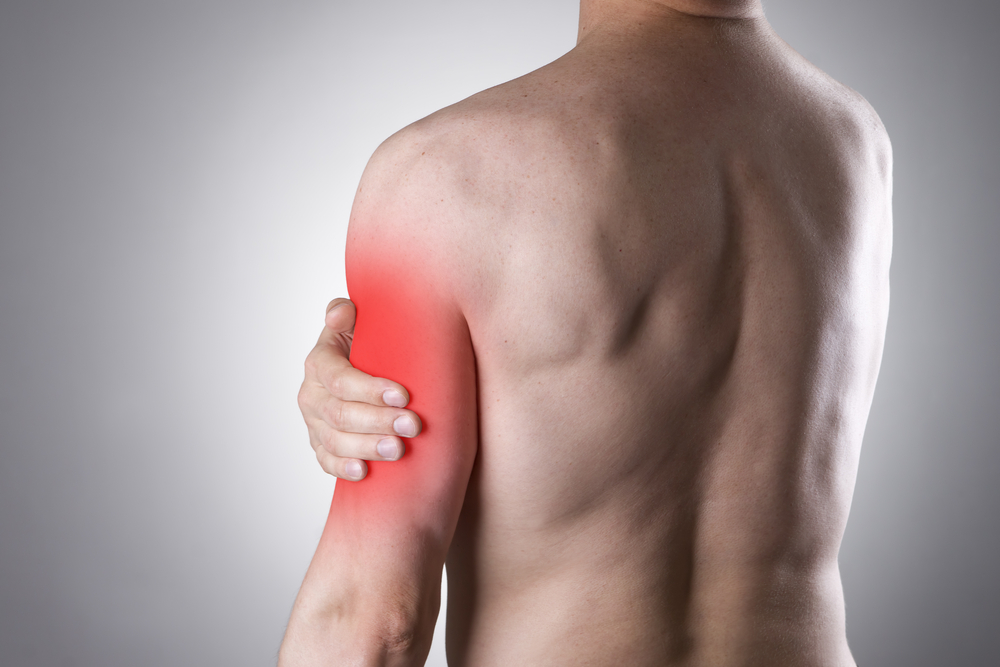Does sore muscles mean muscle growth?
If you’ve lifted weights before, you’ve felt sore muscles before.
You woke up the next morning after your workout feeling like you got hit by a Greyhound bus that exclusively serves passengers who are world class heavyweight boxing champions.
You’ve thought to yourself, “Was my workout that hard, or do I just have the flu?”
You’ve also thought to yourself, “This soreness must mean my muscles are growing so much.”
In this article, we’ll uncover the truth about muscle soreness.
You’ll learn why muscles get sore, whether they need to be sore for a good workout, and how you can be sure that your muscles are growing.
Why Do Muscles Get Sore?
One of the reasons muscles get sore, is through strength training, you are causing microscopic tears to your muscle fibers.
The microscopic tears cause an inflammatory response, which is a response needed to heal those tears.
These tears are in part, what causes muscle growth. Along with other factors such as progressive overload, mechanical tension, etc.
But microscopic tears aren’t the only thing that cause muscle soreness.
Some of the pain also comes from the connective tissue that holds muscles together, not the actual muscles.
Why muscles get sore is multifactorial. While the above are the main drivers of muscle soreness, it can also be caused by training specificity, training experience, nutrition, genetics, recovery, sleep, stress, and many other factors.
Some people get more sore than others. Sometimes you will be sore, sometimes you won’t.
It’s all highly individual and variable.
Delayed Onset Muscle Soreness (DOMS)
Delayed onset muscle soreness is pretty self explanatory when you break down the term.
24-72 hours after you workout, the muscles you worked feel sore.
DOMS is experienced worst by those who are new to weight training.
This is your body’s alarm reaction to introducing a new stimulus.
Every single person who’s ever picked up a weight and done their first leg day, has experienced feeling like you’ve been bitten on the thigh by a diamondback rattlesnake.
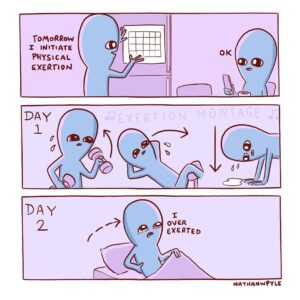
Luckily, the more you do it, the easier it gets. And the less DOMs you experience over time.
The extreme soreness you feel as a beginner to strength training is your body’s way of saying “Why the hell are you doing this to me?”
Once your body starts to understand this as the new norm, it stops having a temper tantrum.
That doesn’t mean you magically won’t get DOMS ever again. But the effects will be less severe.
Does Sore Muscles Mean Muscle Growth?
I have an online client, whom when we first started working together, would always tell me about how sore her first trainer used to make her.
“These workouts were so great, I could barely even walk up the stairs after them. I felt soooo good after.”
So I asked her, “So did you get good results?”
“Yeah! You have no idea how sore I felt, it was incredible.”
It took her a while to realize that I wasn’t asking how sore she was, I was asking about her overall results.
I took a more direct approach. “When you’re time with her was done, what kind of changes did you notice? Did you feel stronger? Leaner? Did you build more muscle?”
She thought long and hard about it, but realized the answer was ultimately, no.
Because muscle soreness is not directly one of the factors for muscle growth.
So let’s talk about what does matter for muscle growth.
1. Progressive Overload
Progressive Overload is a fancy way of saying over time, you are increasing the demands on your muscles. Whether that is through increasing how much weight you lift, how many reps you do, improving form, etc.
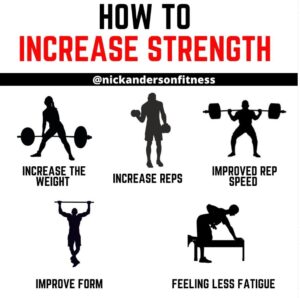
For example, if you are able to do a bicep curl for 10 reps with a 15lb dumbbell, and then you can do it for 12 reps, that’s progressive overload. From there, you are able to do a 20lb dumbbell for 10 reps, that’s progressive overload. The more you are able to apply this principle over time, the more you will see muscle growth.
2. Mechanical Tension
Mechanical tension is the forces that act on your muscles. This can be through gravity, or through a load like with a dumbbell, barbell, kettlebell, etc.
Mechanical tension occurs through the eccentric, concentric, or isometric phase of a muscle contraction.
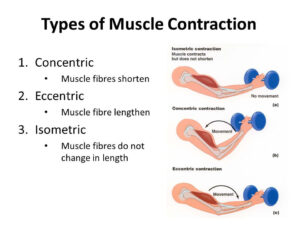
3. Muscle Damage
We’ve already touched on how causing microscopic tears in a muscle allows it to have an inflammatory response, and then grow.
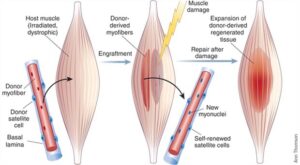
Like I’ve said earlier, this contributes to muscle soreness.
But I’ve also said that you won’t always be sore after workouts.
So if you are causing muscle damage, but not feeling sore, you are achieving muscle growth over time.
So while muscle soreness can be associated with muscle growth, as a result of the 3 topics listed above, it is not a requirement for muscle growth.
If you’re not applying these three principles, you’re not achieving muscle growth.
Final Thoughts: Does Sore Muscles Mean Muscle Growth?
As long as you are applying the principles of progressive overload, mechanical tension, and muscle damage, your muscles will grow.
That may or may not mean that they will get sore as a result.
Sometimes, they will, sometimes they won’t.
But chasing the feeling of soreness is not a valid metric to indicate whether you are inducing muscle growth.
If you have any questions, drop them in the comments below.
Much love,
Nick
